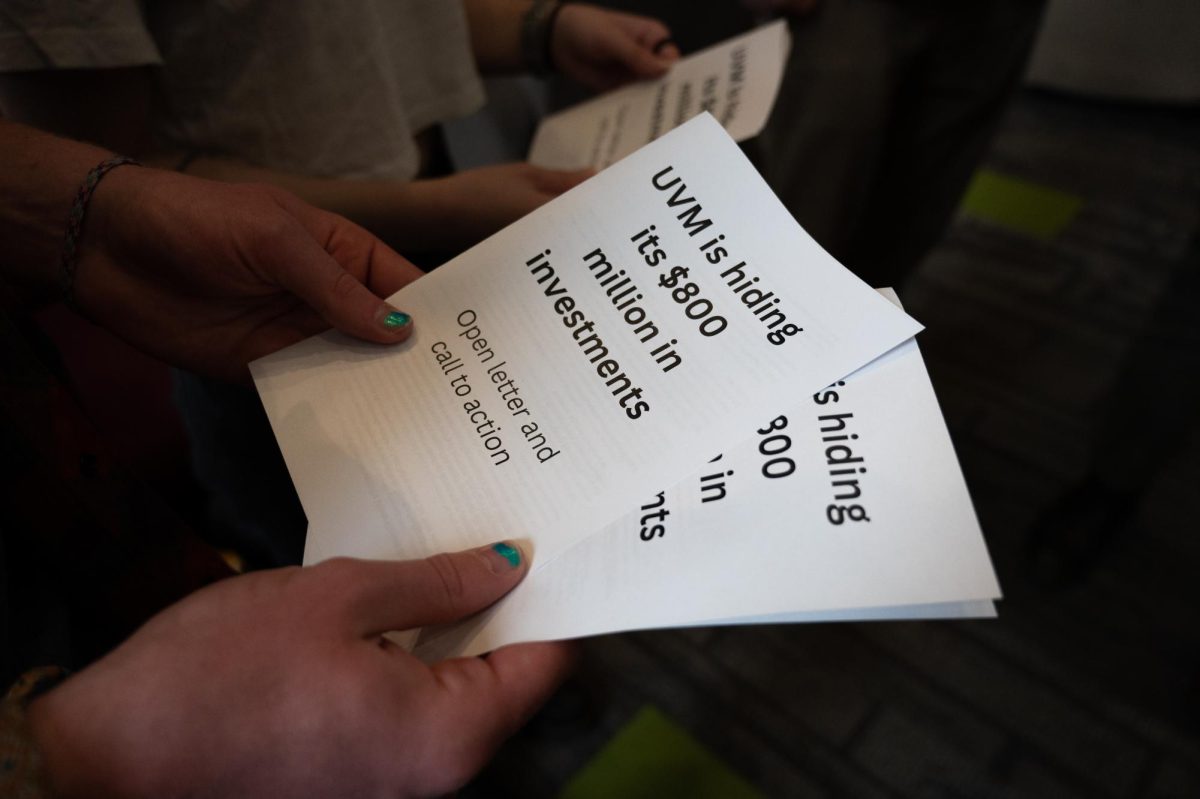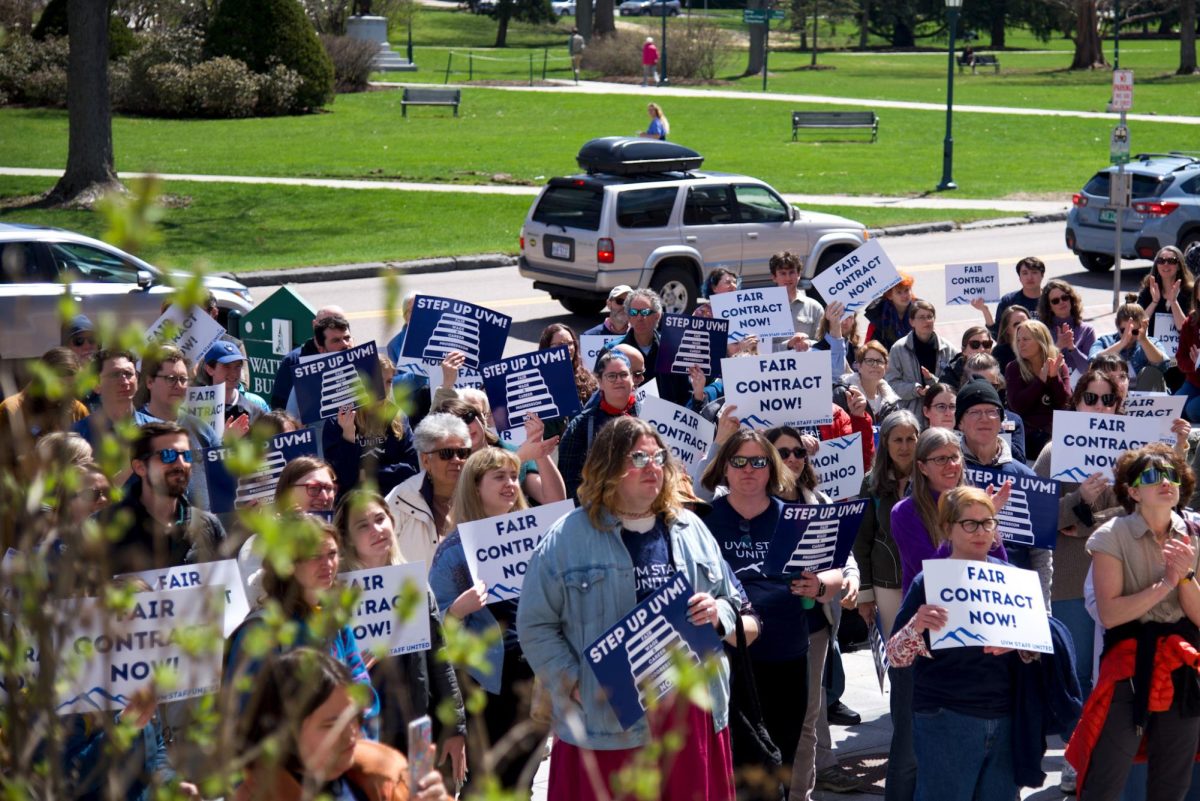In Chittenden County, 800 people wait to take the synthetic opiate Methadone to treat heroin addiction. But until they can get to the top of the list at drug treatment centers, many are still shooting up, said the director of mental health and substance abuse services at the Howard Center Bob Bick.The Vermont Health Department disclosed that 914 people were treated for heroin abuse in 2012, almost 300 more than the previous year. Since this February the Burlington Police have arrested about 15 people suspected for dealing narcotics including heroin and cocaine. Heroin is an ?epidemic? in Burlington, Police Chief Michael Schirling said.?Heroin knows no boundaries. Opiates are indiscriminate in the way they destroy lives,? he said. ?Affluent or poor; black, White, or Latino.?First-year Paolo Cannizzaro said he thinks that heroin is damaging the Burlington community.?Heroin causes a vicious cycle, creating addicts [and] opening up a market. People commit more crimes to support habits,? Cannizzaro said. ? [Burlington] is a good place, somewhere you?d want to raise your kids, [but] it does have its bad places, places you don?t want to go to.? He also said he believes that Burlington could be doing more in terms of helping people combat addictions.?There?s probably not enough resources to combat the issue,? Cannizzaro said. ?Vermont is one of the best states in terms of rehab and mental health clinics? but we can always do more.? For the past year members of the Burlington Police Department have been knocking on doors in Burlington and talking to the people they serve about combating drugs and crime in the area. In the last few weeks they distributed letters from the Chief of Police addressed ?Dear Neighbor,? outlining renewed efforts by the BPD to attack heroin distribution and use and to help addicts get treatment. As part of these efforts, since November 2012 the police have walked ?proactive? patrols around Burlington more than 1,382 times. The police have also conducted more than 342 compliance checks on parolees convicted for violent crimes or drug-dealing, drug-testing them and making sure they are at work when they are supposed to be. In the past compliance checks were only done if the parolee was found to be non-compliant. But it?s not just Burlington. Heroin distribution and addiction has been on the rise in Vermont and in the whole of New England, Schirling said. About 18 months ago, the manufacturers of Oxytocin, a prescription drug that was widely sold to recreational users and drug addicts, changed the composition of the drug so that it was released slowly over time after it was ingested. This caused the price of the drug to skyrocket. People who sought a powerful high yet could not afford the new form of Oxycontin turned to heroin, Schirling stated.Heroin comes into Burlington from the big cities, relatively near Detroit, Philadelphia, New York and Boston. A bag of heroin that sells for $8 or $10 in New York can go for $20 in Burlington. One bag can last some users a few days or even a week but some addicts shoot up a bag?s worth of heroin everyday, Schirling said.The police statewide are focused primarily on catching people moving and selling heroin and crack cocaine instead of other drugs like marijuana, he said.A significant part of the police?s initiative is getting heroin addicts help when they need it. The flier the police circulated urges people addicted to narcotics or involved in drug dealing to ?not hesitate to call for help.? According to Schirling it is relatively easy to target repeat offenders and known narcotics dealers. ?Treatment is a key component just as much as taking the key offenders out of commission,? he said.But one of the most important parts of the initiative revolves around community engagement, Schirling said. ?The number one thing that makes communities and neighborhoods safe is active and engaged participation of the neighbors, people in the community even without increased police enforcement,? he said. ?People must be engaged and interested in making sure that there?s no street level drug dealing going on. Get to know your neighbors so that you create a fabric that?s difficult to erode.?12












